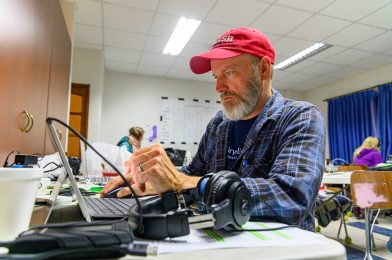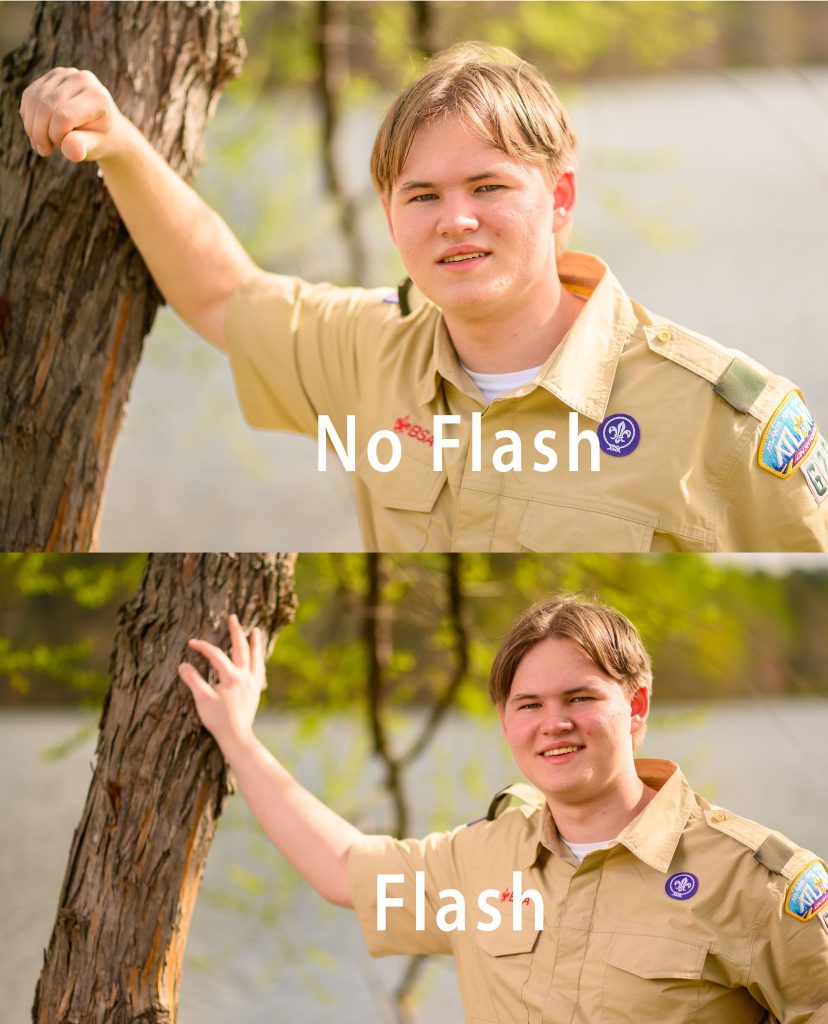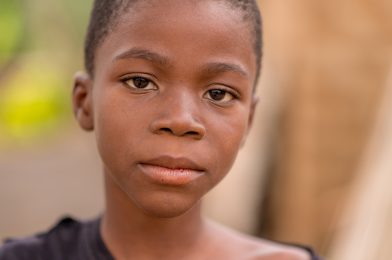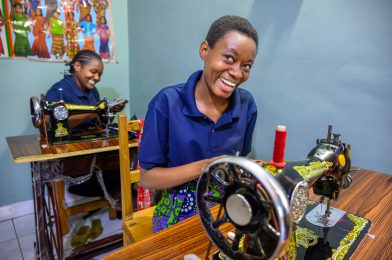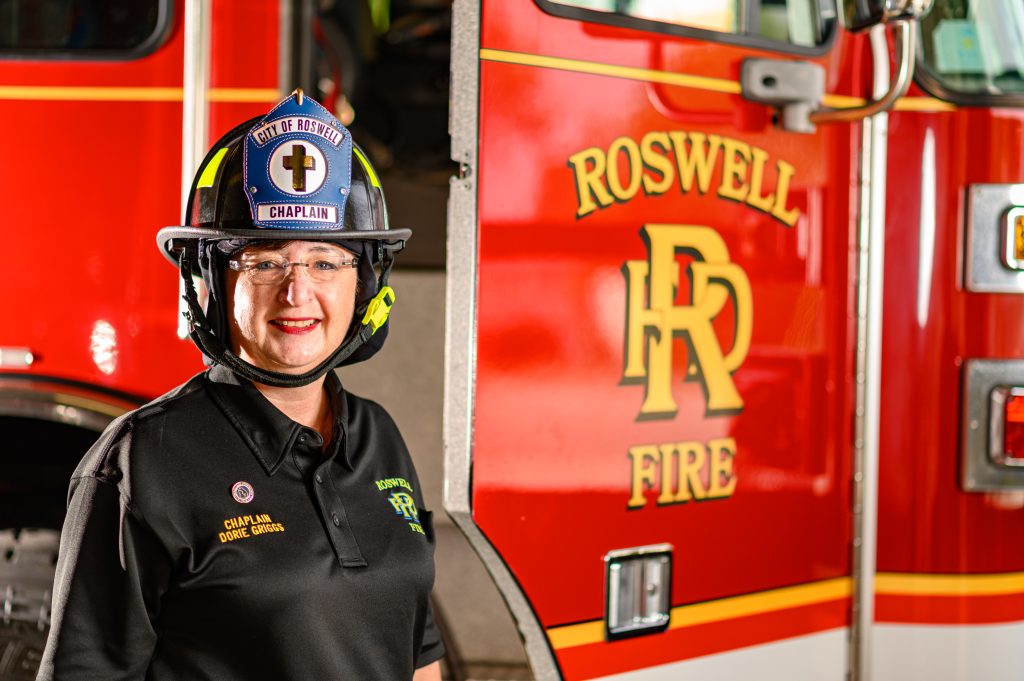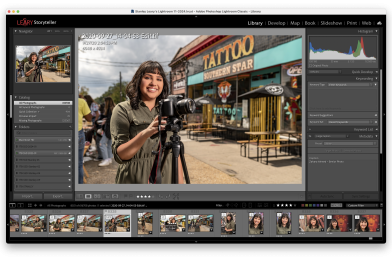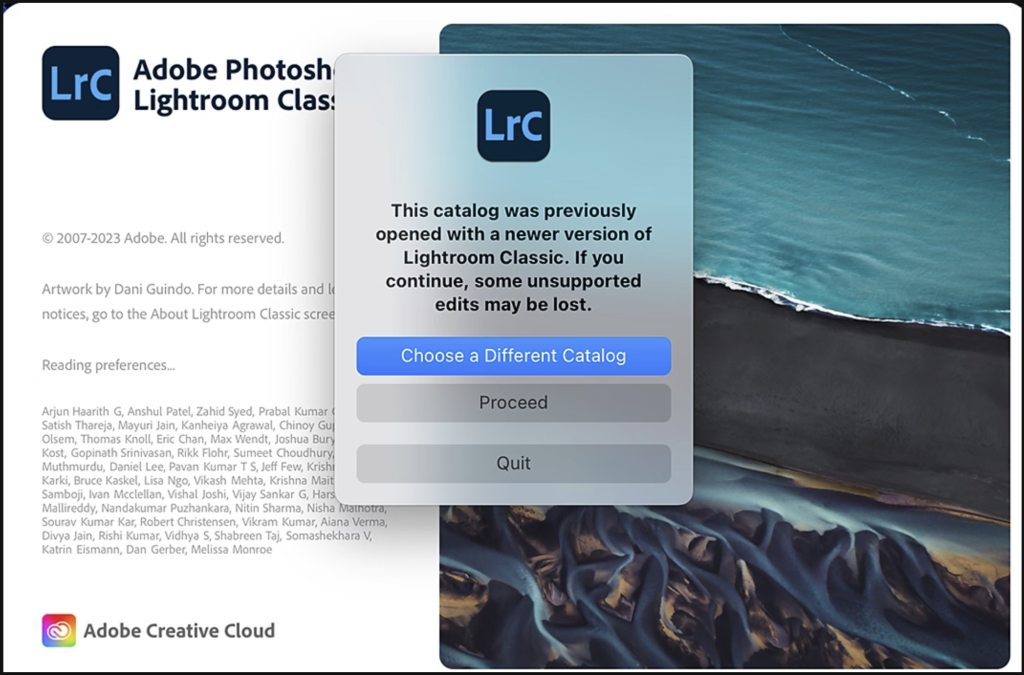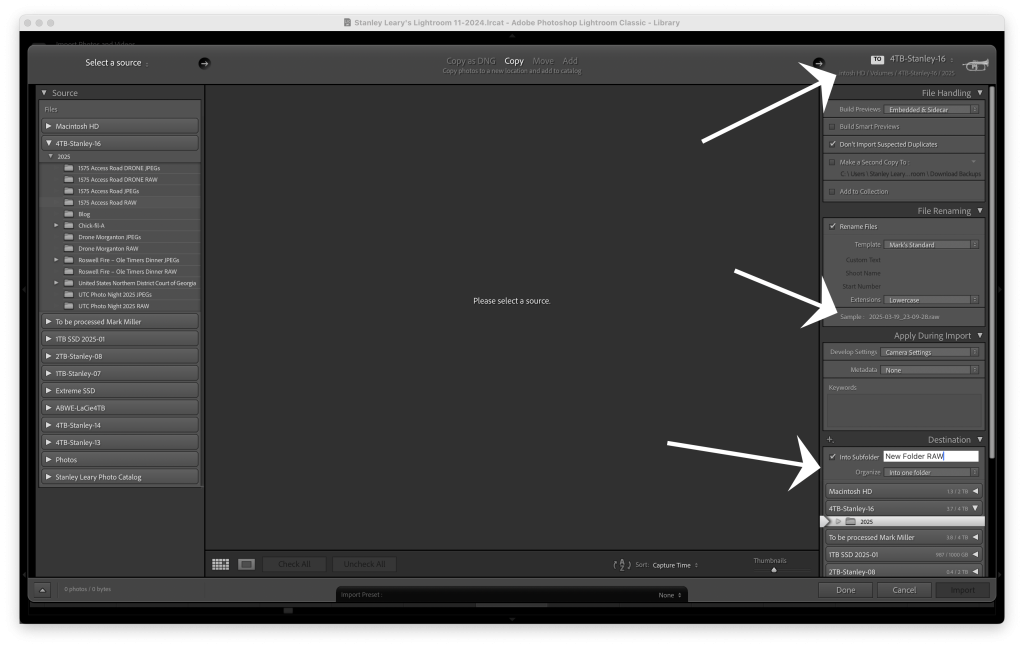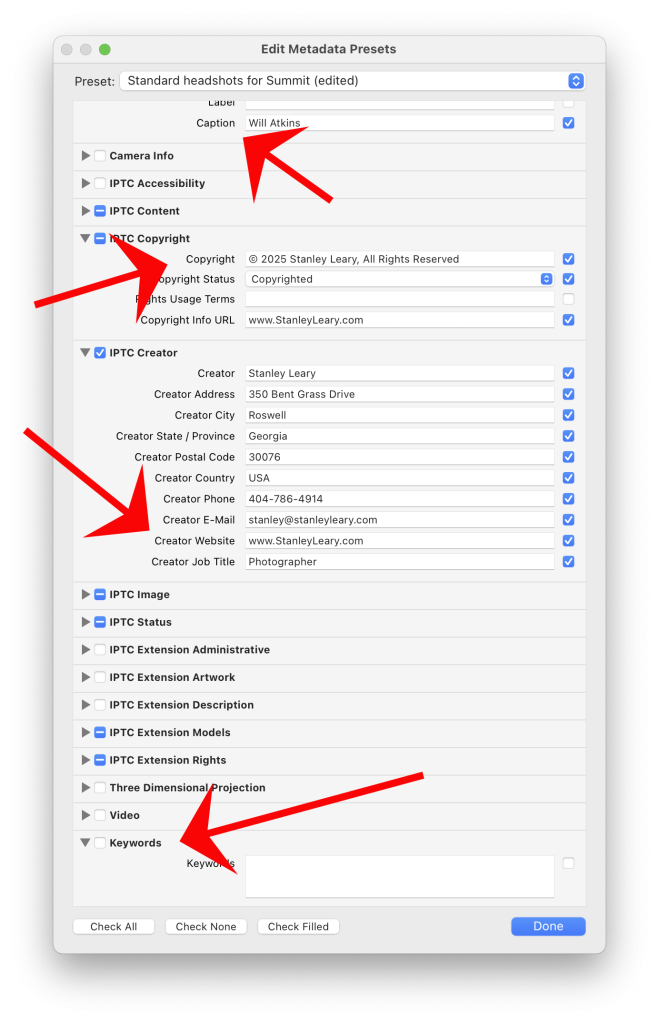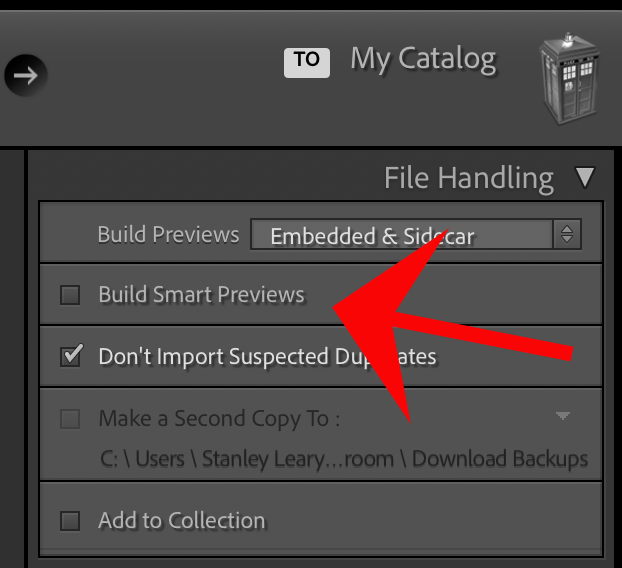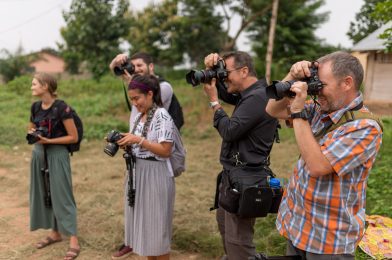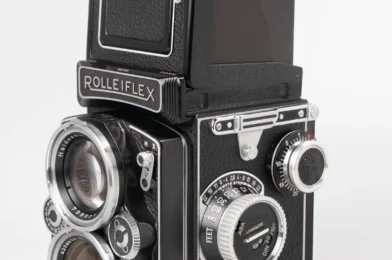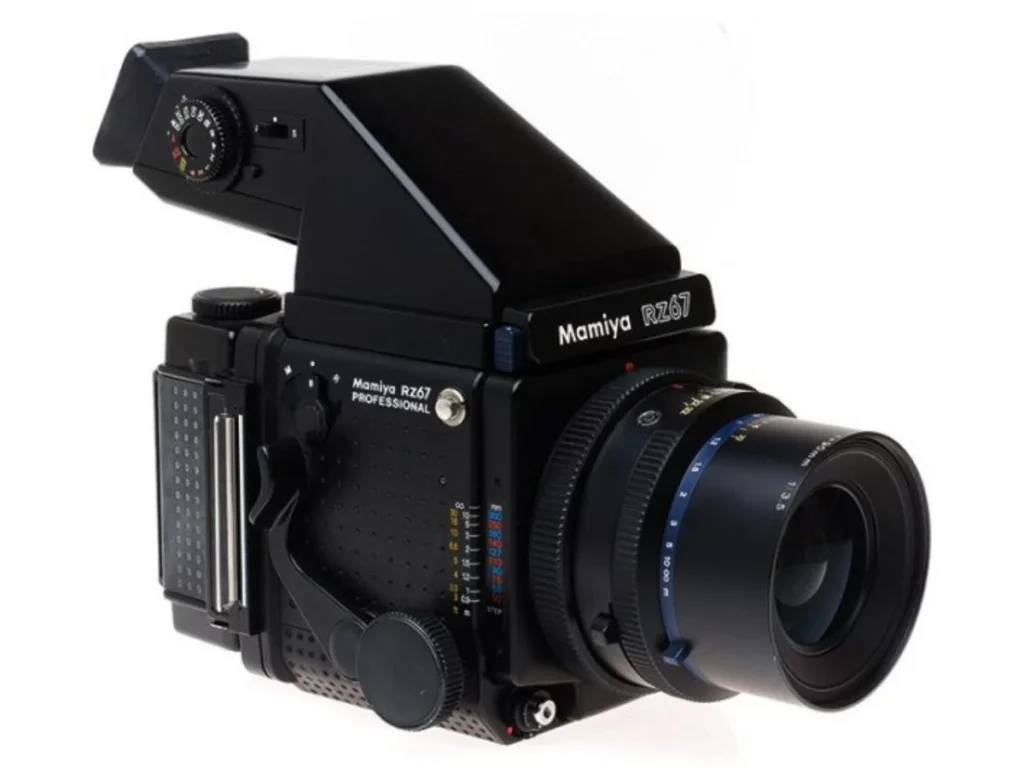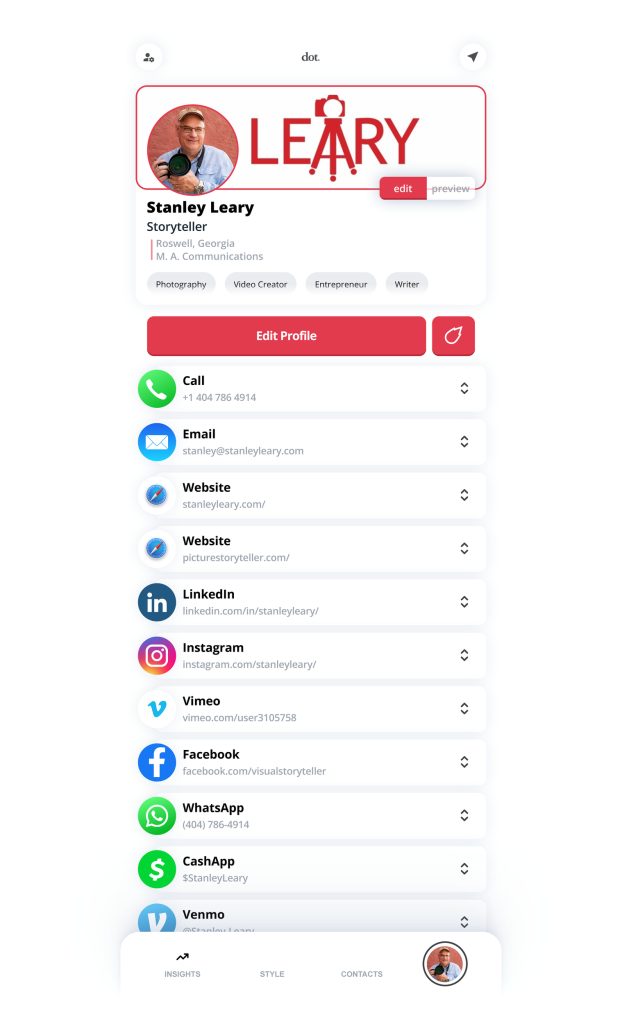Why This Belongs on My Blog
At first glance, this topic may seem unrelated to my usual focus on storytelling, photography, and branding. But in reality, it’s deeply connected. Storytelling isn’t just about capturing moments—it’s about understanding humanity. And right now, I see a world that has drifted too far into left-brain thinking, where efficiency and logic have taken over at the cost of creativity, faith, and grace.
As a storyteller, I know that the most potent narratives—the ones that truly move people—come from the right brain. They come from faith, community, and our ability to see beyond ourselves. Without that, we lose not just great stories but the essence of what makes us human.
That’s why I felt compelled to write this.
The Lost Art of Balance: Why We Must Reclaim the Right Brain in Society
Our world has become dominated by logic, data, efficiency, and control—hallmarks of left-brain thinking. While this has fueled remarkable technological progress and problem-solving, it has also come at a cost. In our relentless pursuit of order, we’ve suppressed the right brain—the side responsible for creativity, intuition, faith, and deep human connection.
As a result, we find ourselves increasingly isolated, transactional in our relationships, and starved for meaning. The institutions that once nurtured the right-brain aspects of our humanity—faith, the arts, storytelling, and community traditions—are fading. We are losing the things that help us see beyond ourselves, make sense of suffering, and extend grace to one another.
The Decline of Right-Brain Institutions
Faith, the arts, and communal traditions have helped societies stay balanced throughout history. These were cultural expressions and essential forces in shaping compassion, wisdom, and a sense of purpose beyond personal ambition. Today, many of these institutions are in decline:
- Faith Communities: Christianity, Islam, Judaism, and other faiths emphasize themes of grace, mercy, and loving others. Yet, many religious institutions struggle as society leans into hyper-individualism, seeing faith as unnecessary rather than a vital part of human flourishing.
- The Arts and Storytelling: Stories, music, and visual arts are essential for conveying human experience, yet they are increasingly undervalued in favor of purely functional or profit-driven pursuits.
- Communal Traditions and Rituals: From neighborhood gatherings to shared meals, we’ve lost many simple practices reminding us we belong to something greater than ourselves.
Christianity and the Core of Grace
Christianity’s central message is grace—the unearned gift of love, forgiveness, and mercy. Jesus’ life and teachings were revolutionary because they emphasized that people are valued not by their productivity, achievements, or even righteousness but by the simple fact that they are loved by God.
The parable of the Good Samaritan (Luke 10:25-37) is one of the clearest examples of this grace in action. A Jewish man is beaten and left for dead on the side of the road. Two religious leaders—who should have helped—pass by, prioritizing their legalistic duties over human compassion. But a Samaritan, a member of a group despised by the Jews at the time, stops to help, bandaging the man’s wounds and paying for his care.
This parable challenges us to understand that true faith is not about status, rules, or logic—it is about love, mercy, and action. The Good Samaritan had nothing to gain by helping a stranger. He extended grace simply because it was the right thing to do.
Other faith traditions also embrace this principle:
- Islam emphasizes compassion and charity (Zakat), requiring Muslims to care for the poor and vulnerable.
- Judaism teaches Tikkun Olam the duty to repair the world through acts of kindness and justice.
- Hinduism emphasizes Seva, or selfless service, which means helping others without expectation of reward.
Yet, as we’ve leaned too far into left-brain thinking—prioritizing efficiency, self-sufficiency, and measurable outcomes—our culture has moved away from these values of grace and service. Instead, we often view people in need as burdens rather than opportunities for compassion.
War and Crisis: Society’s Harsh Reset Button
History shows that societies become unbalanced when they lean too far in one direction—whether toward rigid control or chaotic emotion. When this happens, a collapse or crisis follows. Unfortunately, one of the great “reset” moments for societies has often been war.
War forces us to face our mortality and recognize that we depend on one another. After times of great conflict, we often see a resurgence of faith, the arts, and community-building. People remember the importance of grace—not as an abstract concept but as a survival necessity. We reconnect with the right brain because we are forced to do so.
But do we have to wait for a crisis to restore balance?
Reclaiming the Right Brain—By Choice, Not by Crisis
Rather than being forced into grace by war or suffering, we can choose to restore it now. We can:
- Reembrace faith and grace: Whether through Christianity or other traditions, faith reminds us that we are more than what we produce. It teaches us to give and receive grace.
- Invest in the arts and storytelling: Music, literature, and film help us process our experiences and see the world through different perspectives. They cultivate empathy and wisdom.
- Prioritize community and rituals: Shared meals, small gatherings, and storytelling traditions restore our sense of belonging.
- Extend grace in daily life: The Good Samaritan didn’t need a policy, a study, or an efficiency metric to justify helping someone. He acted in love. We can do the same—offering kindness even when it’s inconvenient or undeserved.
We have spent decades overcorrecting toward a left-brained world. It is time to bring balance back—not through crisis but deliberate choice.
If we reclaim faith, storytelling, and a culture of grace, we don’t just restore balance to our lives—we help rebuild the foundation of a compassionate society.

